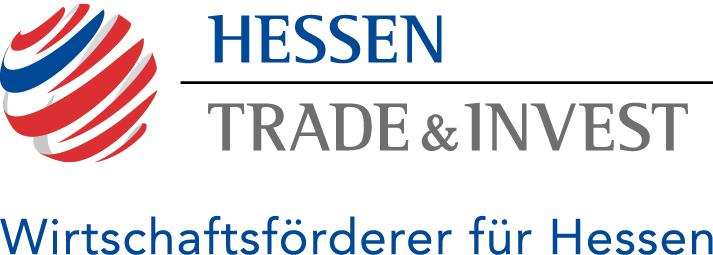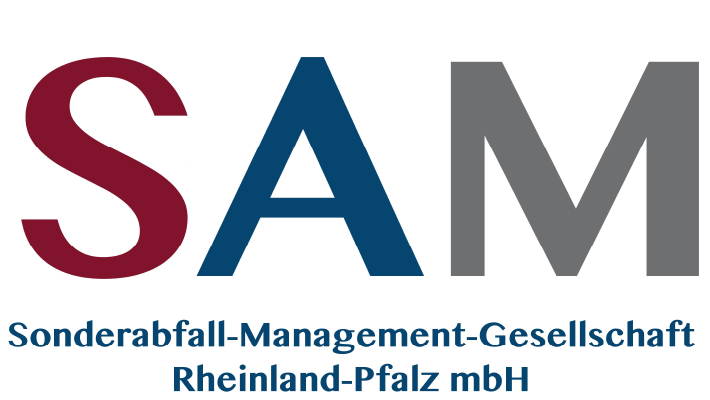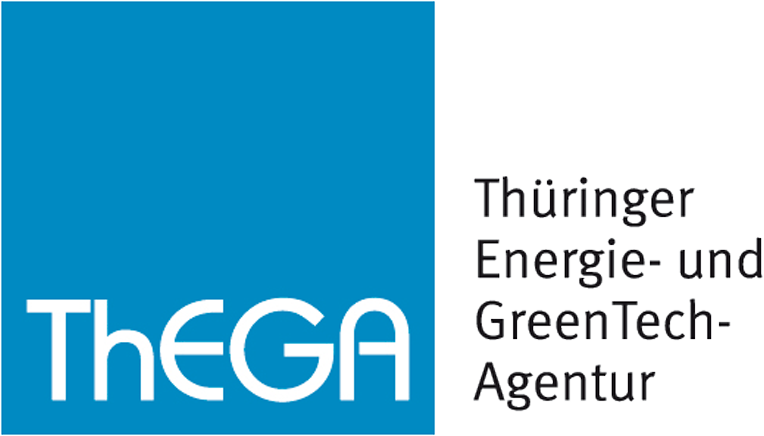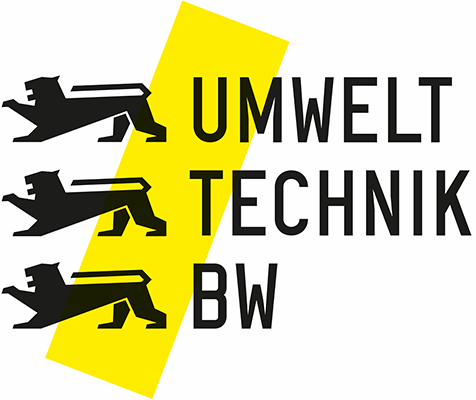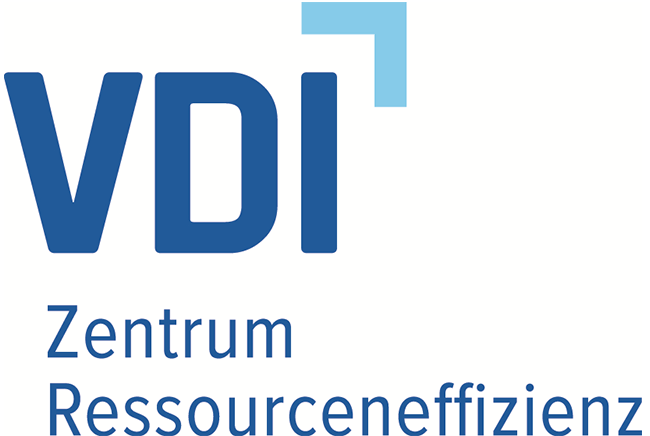August 2019
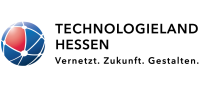
Can you explain what Hessen Trade and Invest does?
Hessen Trade and Invest is the economic development company of the German state of Hessen. Our task is to sustainably develop Hessen as a business and technology location in order to consolidate and expand its competitiveness. We focus on industrial technologies and especially key technologies that we view as highly important for the coming decades.
My team focuses specifically on material, biotechnology, environmental technologies and resource efficiency. We help companies to become more sustainable. One of the ways we do this is that we host multiple events through the year to sensitise companies and organisations with regard to the topics that are important. We focus on SME’s, because they truly are the backbone of our economy. We also offer businesses a joint booth at important trade fairs such as IFAT, the leading trade fair for environmental technologies in Munich. Furthermore, we commission different studies and brochures with regard to topics that should be addressed.
We do not provide the SME’s with funding, but we do inform them what funding is available and what the benefits of different types of funding are.
What funding programs are available for companies who want to become more resource efficient?
There is a multitude in Germany, both on the national and state level in Germany for both SMEs and larger companies. A specific funding system that has proved very successful in Hessen is an ERDF funding system: the production-integrated environmental protection funding system (PIUS). The program provides non-refundable grants for SMEs for process innovations that leads to reduced CO2emissions.
Through this program there have been 20 to 24 projects have received support, for a total created investment of over 20 million euros. The way the system works is that the companies can receive funding for a third of the costs of the total investment, up to €500.000. For these projects PIUS provided 6 million in funding and the companies provided over 14 million. If all of these projects are successful, we can expect a CO2-emission reduction of 10.000 tonnes.
The program was initiated by the Economic Ministry in Hessen and we are collaborating with them on the structure of the programme. Currently it is a three to four step process. It starts with a phone interview with the SME on their project, based on that we can organise contact with an expert consultant. The second step is PIUS consulting, where a consultant comes to the company to create an analysis on how the production can be optimised. The company only has to pay for 50% of the consultancy costs, the state of Hessen covers the rest. If the potential analysis is finalised, the companies know where they can start their Resource Efficiency improvement process and can then apply for the PIUS investment program.
The consulting is not a prerequisite, the companies don’t have to do it if they don’t want to. But we think that the way we have structured this program now makes sense for the companies. We integrated the consulting with PIUS invest, because PIUS consulting has been available for over 6 years, but it was not very well used in the past. Since we have made the changes, it has become much more popular. The consulting has lowered the bar for companies, because we are helping them in identifying the potential resource efficiency benefits in their particular companies.
There is also an additional possibility for companies to get a 100% of funding for their investment through an Innovation Grant. If the company has received funding through PIUS, they are funded for 30% which they will not have to pay back. Through the Innovation Grant, they can get a loan for the other 70% through the state-owned bank, as they lower the risk for your regular bank to provide you with the funding.
Can you give an example of companies that make use of the PIUS funding system?
The current projects are very diverse, even though they are all from the manufacturing industry. There is a large bakery that used the funding to innovate their cooling system and through that their entire production. Another project was aimed at process innovation to use less cement in concrete. Cement has a very large CO2footprint and through the innovations they were able to partially substitute the cement with sand and thus reduce their footprint. A final example was in the production of upholstery and cushions for cruise ships. The entire production was previously done by hand. The funding allowed them to digitise the cutting of the fabric, which resulted in a massive reduction of waste.
How do companies benefit from becoming more resource efficient?
Every manufacturing company wants to be more efficient, because that is where their margin is. Companies with high production costs might not be competitive. Lowering their costs can help them to be more competitive. That is the beauty of resource efficiency. Reducing material costs also reduces the CO2output and waste at the same time. One example is the machinery industry, the production of steel and aluminium creates an enormous amount of CO2. Being even slightly more resource efficient has a huge impact: that is why companies should really think about it. For most companies, the nucleus of the investment is more to become competitive and the added benefit is less CO2.
What are difficulties companies can encounter with regard to these programs?
There are a few difficulties inherent in making changes to production processes. The first is the insecurity of the window of opportunity: when to invest. Currently the trends are around Industry 4.0 and digitalisation to optimise the production stream. However, if currently none of the machinery is currently digitalised, this will require an incredible investment and it is uncertain whether the technology will still be state of the art in a few years. This really hinders companies who want to address resource efficiency, especially the smaller ones in investments, as you never know if now is the right time. For small companies the added issue is that they don’t have the time to invest when the economy is doing well: the books are full, and they are busy. This might lead them to be less proactive in investing in new technologies, which might lead them to be less competitive in the future.
Another difficulty for companies is where to start. It is often difficult to ascertain what would be the most beneficial investment. They could start with investing in sensors, so they have more data, but then what should they do with that data, how can they use it. SMEs usually don’t have the money to hire a consultant to help them in this process, nor do they have the knowledge or capacity in house.
A difficulty with regard to the funding program is that the administrative burden is quite steep, as with most European funding programs. The documentation needed to apply is pretty complicated, but the companies also need to provide information throughout the project. This is very demanding, especially for small companies where the time needed for the administrative burden is not always easy to find. If we could change this, we would like to, because that would lower the barriers for entry. What we have tried to do is to structure the program in a way where you can get help in the process of applying for the grant. There is always somebody to help from our side and usually there is a lot of communication between the company, experts the state ministry, us and the bank. This way we try to ensure that if the companies decide to apply, they will write the best plan possible. Usually this means that we exchange ideas and arguments before a plan is being written and that we go through a few drafts before we arrive at a final plan. This has contributed to the high success quota of the projects who apply.
Another difficulty inherent in the way the funding scheme is set up, is that the decision on if the project is worth funding is made based on CO2-equivalents. In itself, this is not a bad thing, but there are a lot of ways to calculate the CO2-equivalents. For instance, you could have an equivalent for a kilogram of aluminium, but what happens if the process is using an alloy, or if they heat up the aluminium? Does that change the CO2-equivalent and how much? Even in Germany, there is a difference in what indicators are being used, which is why there will be a study on this to harmonize the way the equivalents are calculated.
What does the future of the PIUS funding scheme look like?
We had a workshop in Brussels this past May to present our approach to the ERDF funding. We invited other regions to present their approach as well, for example Denmark and Estonia. The workshop was meant as an exchange of best practices, to discuss how we implemented the program and what are difficulties that we have encountered. The reason we decided to hold this workshop is that the new round of the funding program is coming up. For us it is an extremely helpful and useful funding program as we are really able to make an impact and improve the way production is handled in Germany. It is really good that there is funding for resource efficiency, as the combination of increasing competitiveness and CO2-reduction is very worthwhile.


